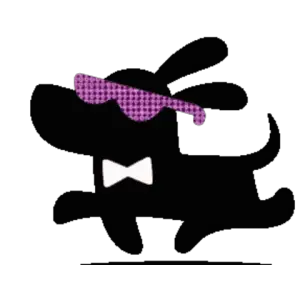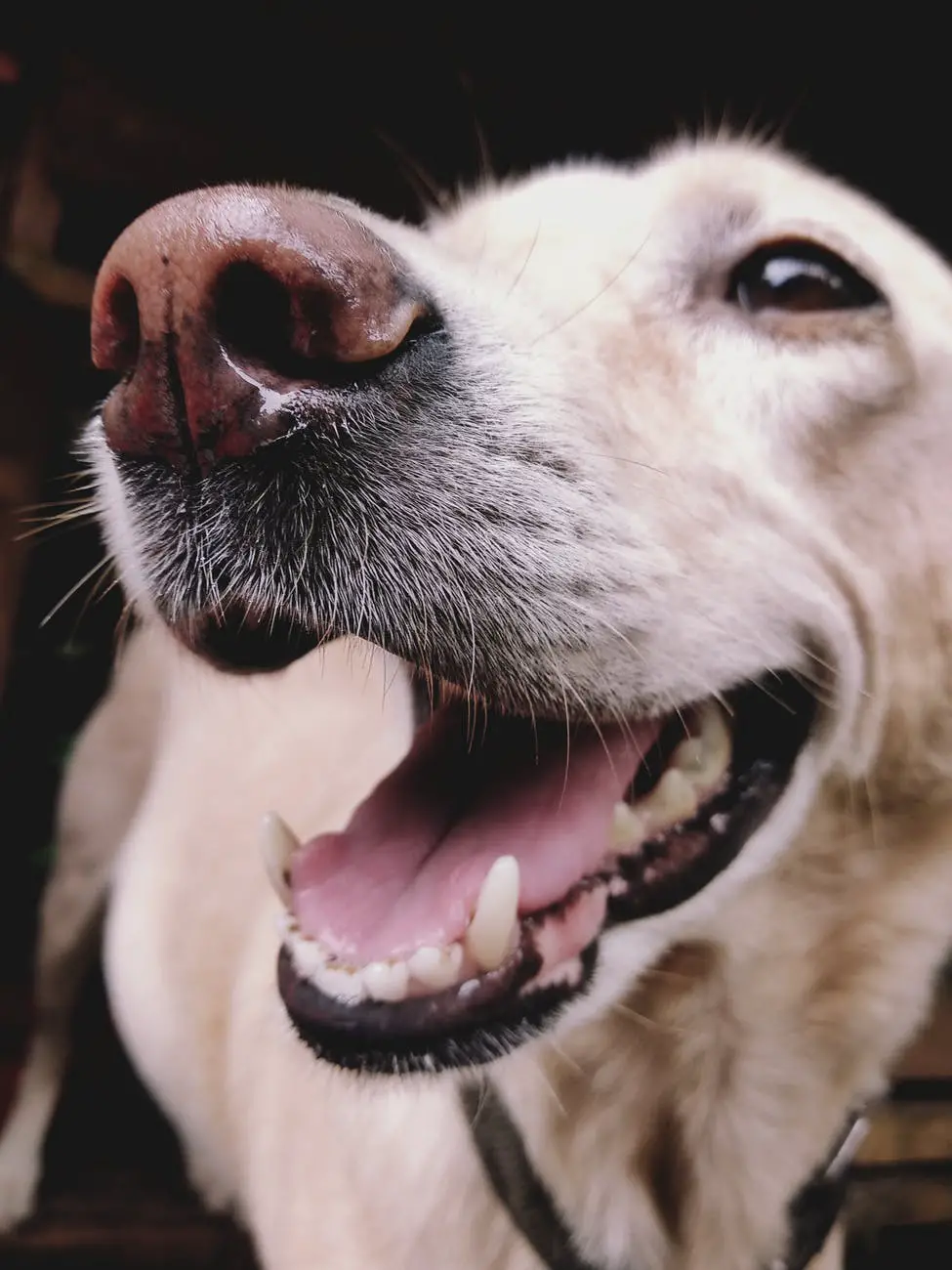Nowadays, most people thinking about adding a new furry member to their families, lean towards getting a rescue dog from a shelter rather than buying a puppy from professional breeders. Unfortunately, Rescue dogs don’t come with a lot of history so estimating their actual age can be a challenge. But don’t worry, Read on to learn how to tell your puppy’s age by only their teeth.
Knowing the age of your dog is very important. It will help you know what to feed them, what preventative care they may need “vaccinations and deworming”, and how to provide them with the happiest life possible.
Puppies have different needs than adolescent canines which in turn have different needs than middle-aged or senior dogs.
Also, Dogs age at a much faster rate than humans. With old age comes certain health problems, you don’t want to lose them unexpectedly to age-related conditions.
Luckily, there are several ways that can help you make an accurate estimation of your dog’s age by only their teeth. Here they are,
Table of Contents
Tips on How to Easily Tell Dog Age Using Teeth Only
saaay cheeeese!!!!….
Figuring out dog age by teeth is more of an art than a science. A look at these pearly whites below can give you a pretty good idea of his approximate age but not their exact birthday!
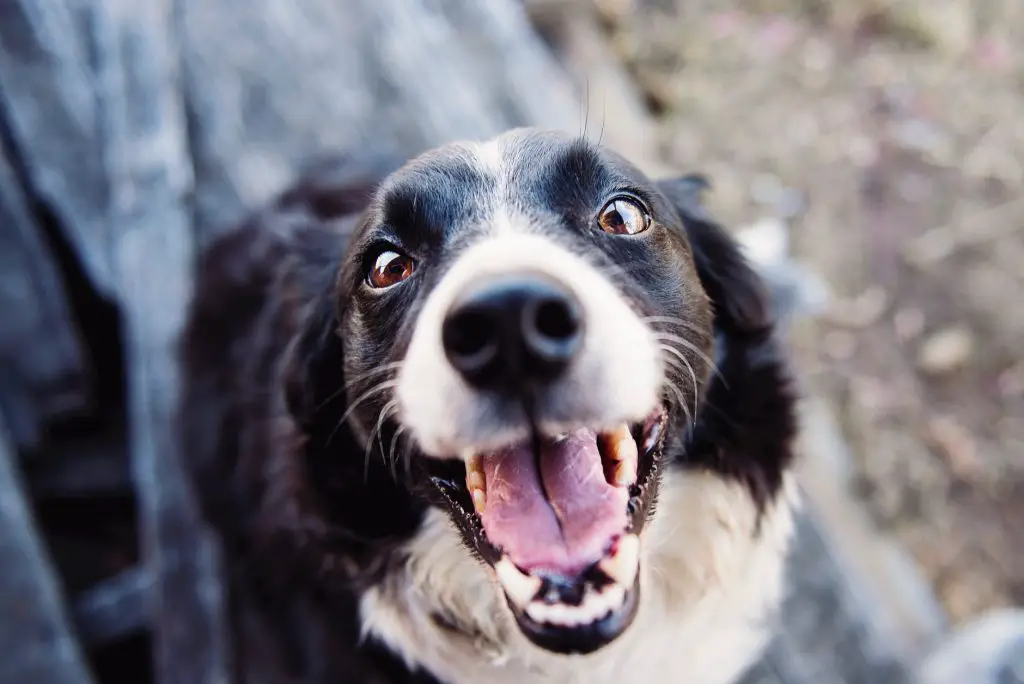
How Many Teeth Do Dogs Have?
Puppies should eventually have 28 deciduous teeth: 12 Incisors (the small front teeth – 6 upper and 6 lower), 4 Canines (the fangs) and 12 premolars and molars. They are missing the first premolar and the last molars, that will eventually develop in the adult dog.
The incisors are located along the front row of teeth, between the canines. Incisors are used in grooming and nibbling activities. The canines are used for tearing in conjunction with the incisors and premolars. The premolars follow the canines on the sides of the jaw; the premolars and eventually the molars are used for heavy chewing.
Adult dogs will eventually have 42 teeth: 12 Incisors, 4 canines, 16 premolars and 10 molars (2 on each side of the upper jaw and 3 on each side of the lower jaw).
For many breeds,
Full dentition is an issue, and they may develop fewer adult teeth.
Missing premolars are more common, but dogs can fail to develop canines, incisors, and molars.
How Long Do Puppy Teeth Last?
Being aware of the timeline of your puppy’s teeth growth would help you a lot in determining his age. Like most mammals, puppies are born without teeth, and their mothers are grateful for that!

- The incisors begin to erupt At around 3 weeks of age.
- The incisors are followed by the canines at around 4-5 weeks. These new puppy teeth are very sharp and brittle, motivating the mother to begin weaning her puppies.
- The premolar #2 and molars numbers 3 and 4 appear By 8 weeks.
- There will be very little change in the puppy’s mouth From 8-12 weeks.
- The roots of the baby teeth will start to reabsorb as the adult teeth form.
The process of puppy teething starts At 12-13 weeks,
The new adult teeth will push out the rootless, deciduous milk teeth, although occasionally puppy teeth are retained.
The puppy teeth will start to fall out on their own. If not, they will need to be removed by a veterinarian to prevent them from affecting adult tooth placement and the dog’s bite.
- Starting around 12 weeks the incisors will begin to be shed and replaced with their adult counterparts.
- At 4 months the canines (the fangs) will begin to erupt.
- By 5 months, all of the adult incisors should be in place.
- The adult premolars and molars come in between 5 and 7 months of age, erupting from the front of the mouth with the premolars to the back with the final molars.
- A puppy is supposed to have all of his adult teeth By 8 months of age.
6 Indicators of Dog Age By Wear On The Teeth
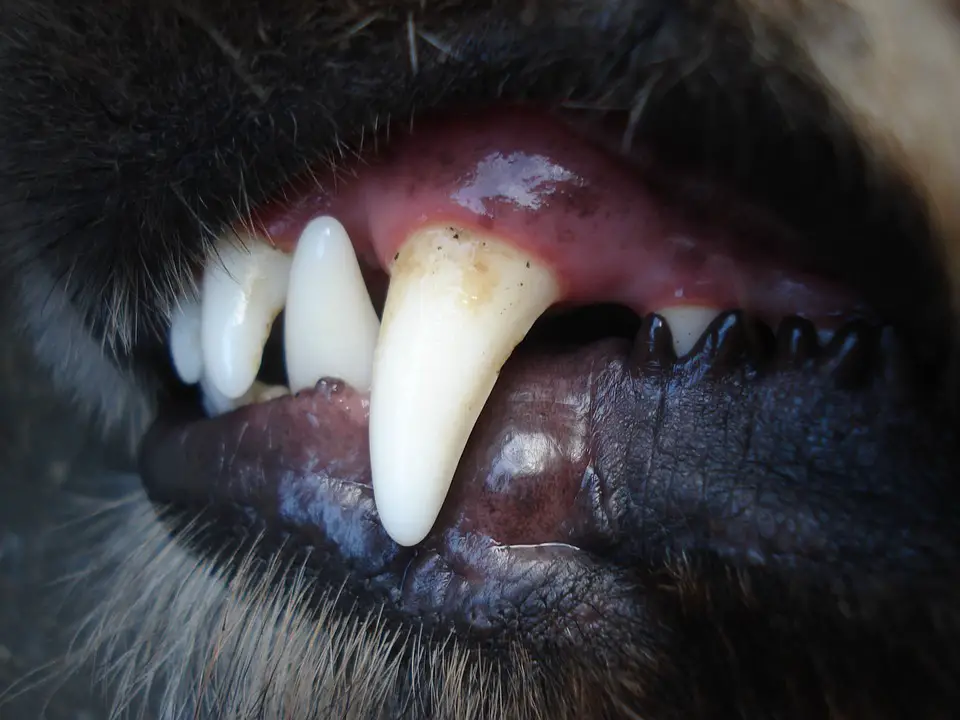
One of the best indicators of your puppy’s age is the condition of his teeth. However, diet, oral care or lack thereof, as well as behavior can affect your ability to properly gauge a dog’s age.
There are several factors that affect tooth color from the start such as:
- Antibiotics are taken while adult teeth are forming.
- Chewing on bones and other hard toys or surfaces or fence fighting can prematurely break teeth.
- Also, a diet based exclusively on soft food can accelerate tartar build-up and tooth decay.
The following are certain guidelines that can give you a reasonably good estimate of the dog’s age given that he has enjoyed a normal diet.
Stages of Teeth Wear
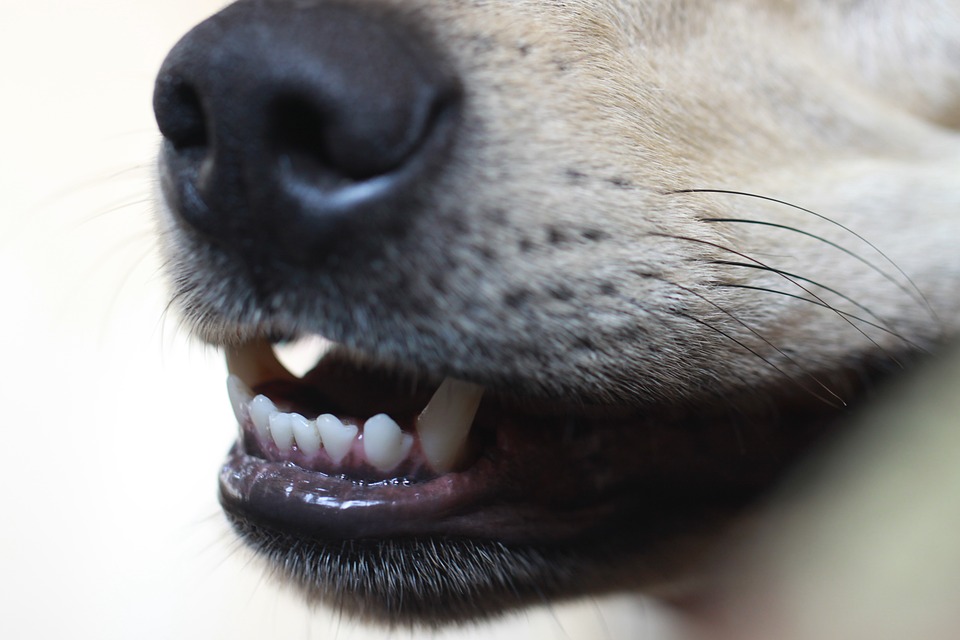
At one-year-old, your puppy’s teeth will be pearly white. The lower incisors will have ridges on top of them (the cusp) that resemble a three-leaf clover.
As time progresses, the pattern of the incisor teeth will begin to wear down
By 2 years old, The brightness of your dog’s white teeth will no longer be the same as they were at the start of his first year. Depending on diet and oral care, some yellowing and tartar buildup may have started on the back molars.
From 3-5 years of age, There will be yellowing on all teeth. Tartar will start to build up on the molars, and the front incisors will begin to show wear. The cusps of the lower front two incisors will begin to grind down and the three leaf clover pattern will erode.
By 5 years old, half of the ridges of the cusps on the lower incisors will have been worn away.
By seven years of age, The cusps of the lower incisors are worn and those teeth are substantially shorter than they were when they erupted. Canines will begin to blunt as well. Without dental intervention, the tartar build up on the molars will appear orange or medium brown.
At eight years of age and beyond, several dental issues may occur. Teeth can be broken or missing, Build-up of gum tissue is common to Some older dogs (9+). In this instance, the gums appear swollen above the canines. However, it is just a build up of extra gum tissue.
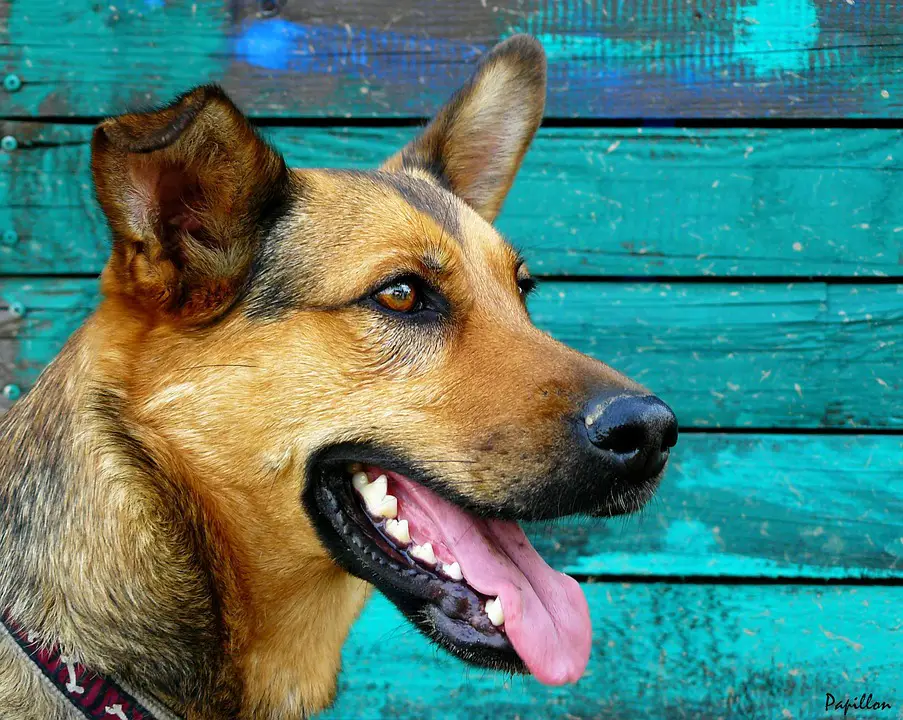
An Educated Guess
With all the information, mentioned before, in mind. Just open your pup’s mouth and take a guess, as simple as that.
That’s it, I hope this has been helpful to you. I know this isn’t an exact science but it will surely help you get a pretty good idea of your pup’s age. So that you can provide him with the happiest life the same that he made yours.
For more on how to take care of your pup’s teeth
As always if you like what you read here and you wanna read more, Feel free to check my other articles on The Scariest Consequences of Bad Dog Teeth or Dog Baby Teeth.
If you got any more tips that would help on our quest, Feel free to tell us in the comments. We all can use all the help we can get.
Have a nice day and Read you next time.
